In a press launch which seems to have been put together purely to provide us with an opportunity for endless terrible puns, quirky Icelandic fork engineers Lauf flew a bunch of journos out to its domestic base to demonstrate how much sense its alternative approach to suspension makes when on home turf. Sim got the lucky ticket, and here’s his report for you. Altogether now: ‘SIM’S GONE TO ICELAND…’ (sorry).


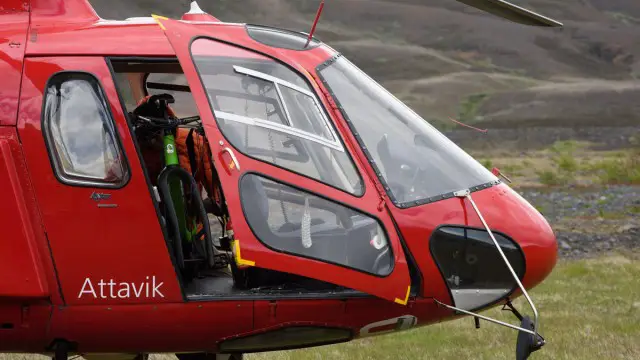
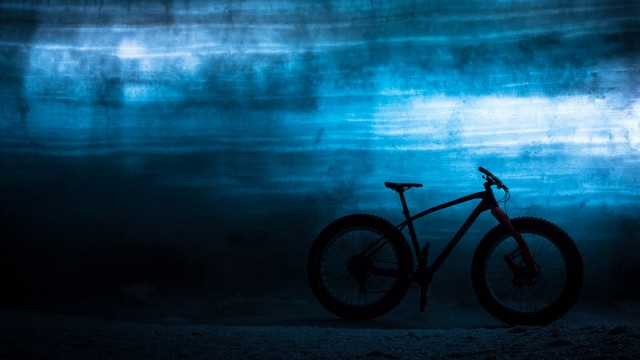
I’d always assumed that Lauf was German. Having ridden in Germany, I’ve discovered there’s a definite type of rider who enjoys nothing more than pounding gravelly access tracks at full speed for as long as possible, something I assumed a fork like the Lauf would lap up. Also it looks Teutonic, purposeful, efficient. However, like with most assumptions, I was wrong. Lauf is actually Icelandic.
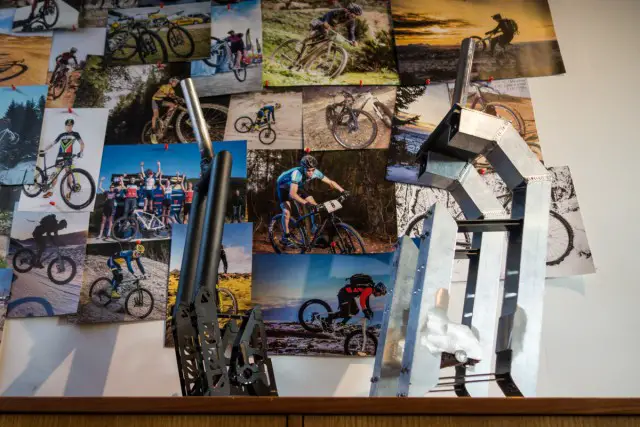

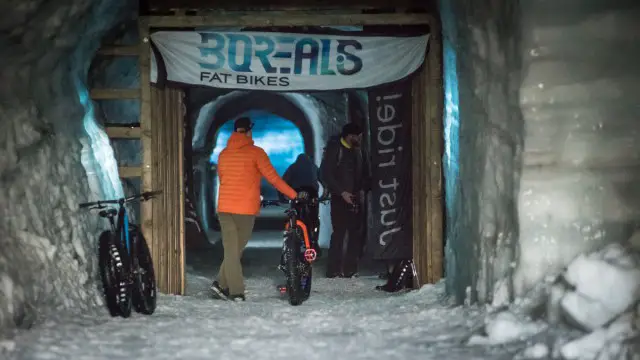
Land Of Ice And Snow
Lauf was started in Reykjavik in 2010 by Benedikt Skulason and Gudberg Bjornsson. Benedikt was working in the R&D department of a prosthetics company and Gudberg was an industrial engineer. Like a lot of companies in the bike industry they started out by mixing work and pleasure to see what happened. Benedikt’s knowledge of working with high-end composites and Gudberg’s design ability led to the Lauf fork; a carbon and fibreglass fork that offers low weight, no maintenance and 60mm of suspension through a leaf (lauf in Icelandic) spring system.
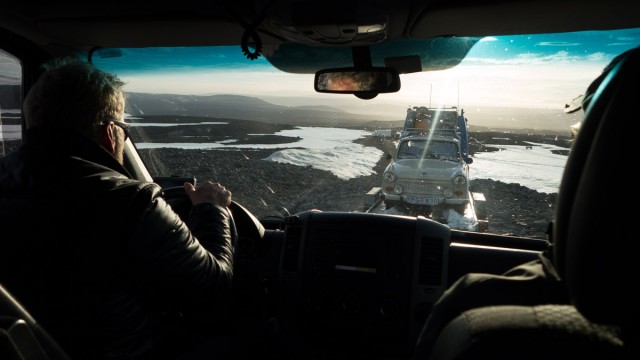
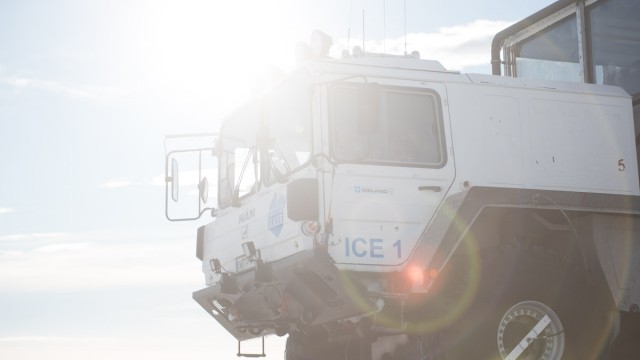
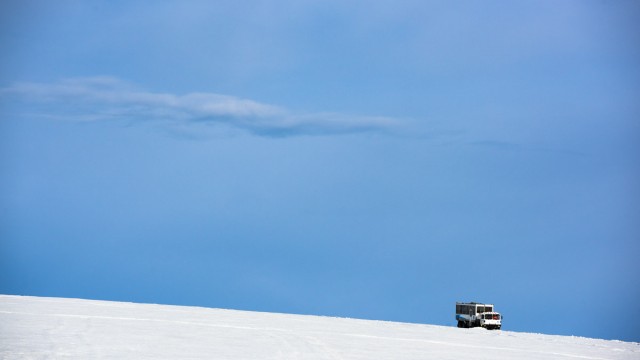
The question for me was: why? Why bother making a fork like this when the big players like RockShox and Fox have perfectly good, lightweight, suspension forks? As with everything context is key, so when an invite to visit Lauf in Iceland dropped through the e-letterbox I jumped on it.
I’ve always wanted to go to Iceland, it seems like a place where nature still rules. Mountains can explode, glaciers still grip the land and jets of hot water get fired into the air. It’s just missing dinosaurs to be truly amazing. Lauf was keen to show off Iceland and, by doing so, help us understand why its fork is the way it is.
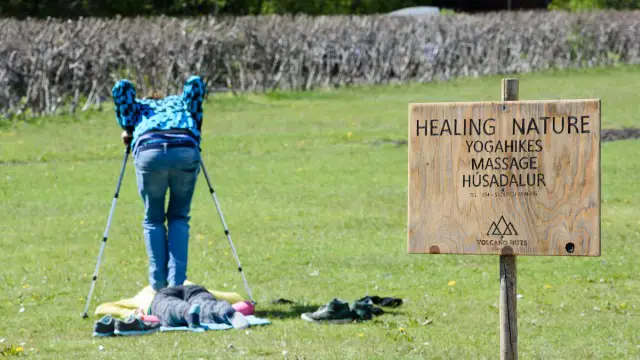
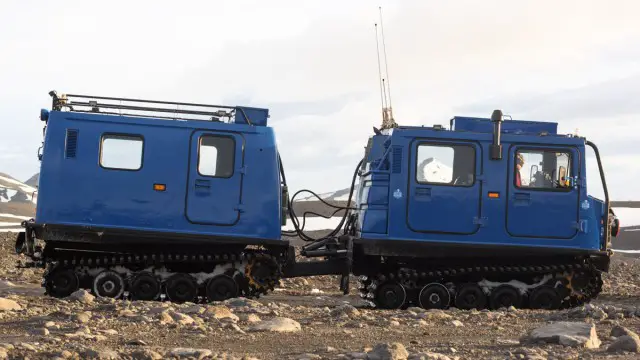
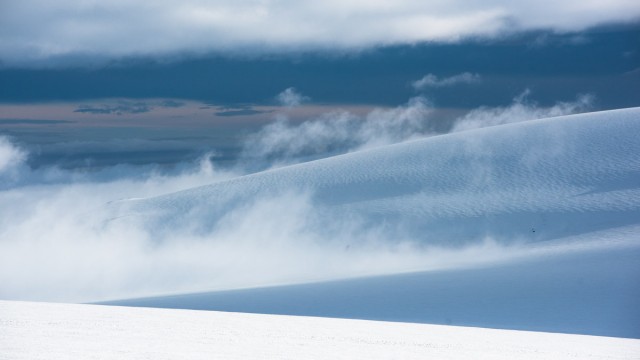
The Forks
Lauf forks certainly don’t look like any other fork on the market. They look more like a rigid fork, but by using a leaf spring design they actually offer 60mm of travel. Weighing in at just over 1kg and requiring zero maintenance it’s easy to see why they are being embraced by ultra-marathon and into-the-wilderness riders.
The fork legs and the floating axle mount are both made of carbon, while the springs themselves are made from military-spec fibreglass. The fibreglass springs are made in Germany to Lauf’s lay-up spec and then sent to Taiwan, where the fork is constructed.


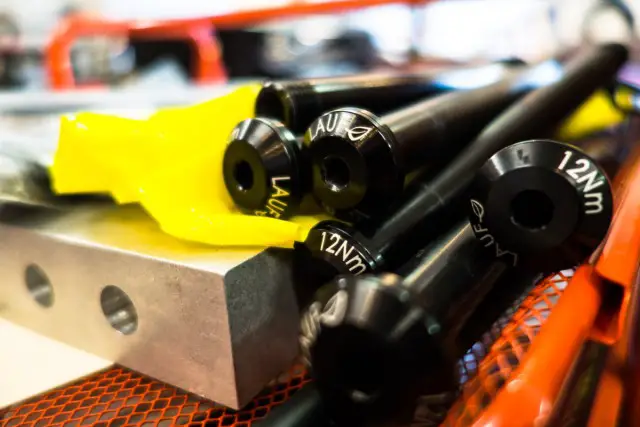
If the sound of all that fancy plastic worries you, Lauf offers a five year warranty on its forks and claims to have only had one pair broken – by the team’s pro cross-country racer who was doing front wheel hops on a prototype set.
Unlike a regular suspension forks that has seals, the fibreglass leaf spring system on the Lauf forks has zero stiction, Lauf claims this makes for incredible sensitivity over small bumps. It also means that you never need to service them, as there’s nothing to service.
Lauf had two forks for us to ride on our Icelandic adventure: the Trail Racer Boost and the Carbonara.
Trail Racer Boost
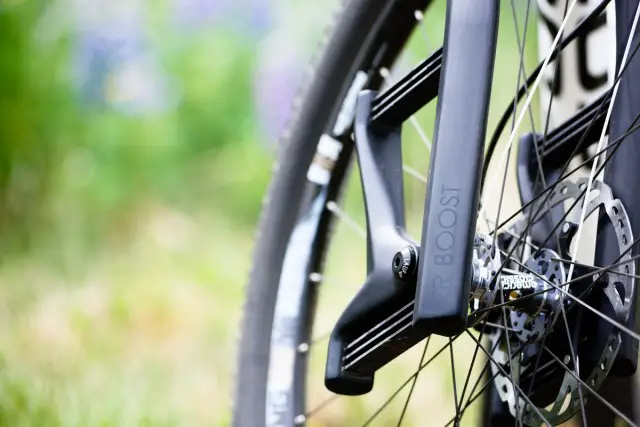
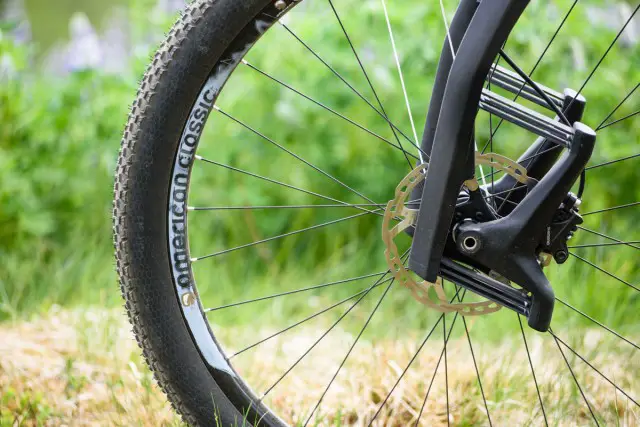
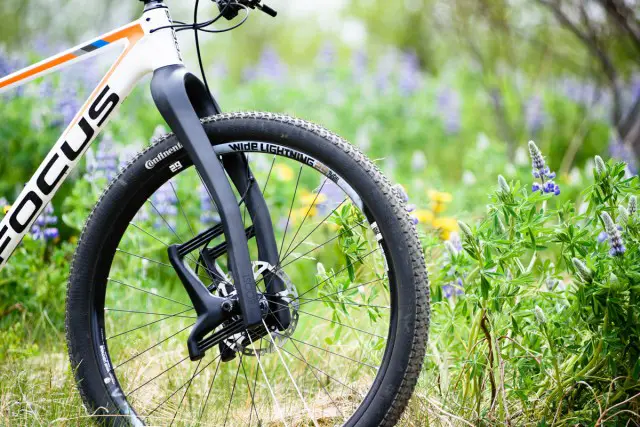
With no air pressure to adjust or coil spring to change, the spring rate is chosen by picking either a Regular or Light version of the fork. Regular is recommended for riders weighing over 65kg, while Light is designed for below that. Talking to the guys at Lauf some riders who weigh more than 65kg sometimes opt for the Light fork, allowing a little bit more comfort from the increased movement.
Fact and Figures:
Weight: 1040g
Travel: 60mm
Hub spacing: 110mm
Axle: 15mm thru-axle
Maximum tyre width: 2.5in (29), 3in (27.5+)
Axle to crown: 485mm
Steerer: Tapered
Carbonara
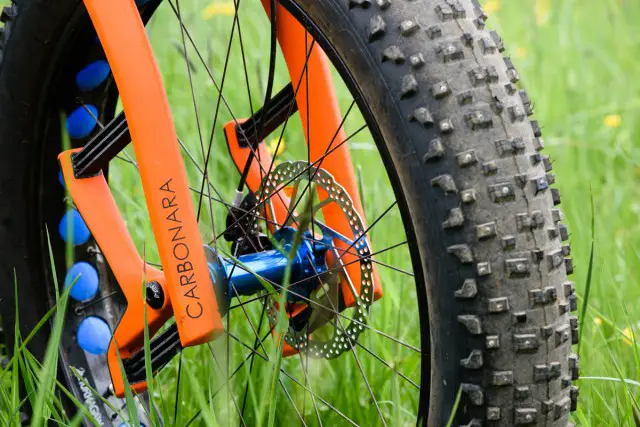
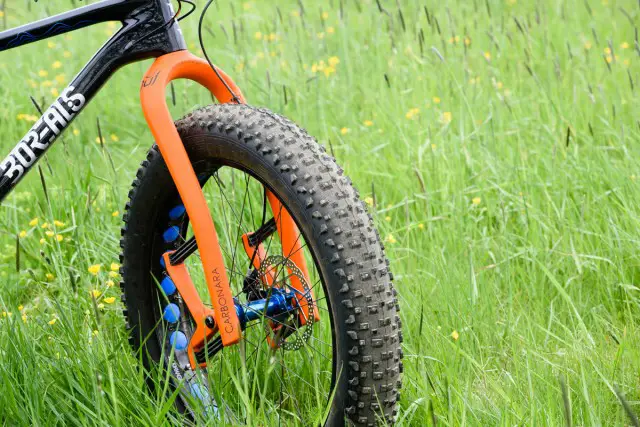
Again two spring stiffness ratings are available, Regular and Light. Both spring rates are 20% higher than with the Trail Racer Boost, in order to better work with a huge tyre run at low pressures.
Fact and Figures:
Weight: 1100g
Travel: 60mm
Hub spacing: 150mm
Axle: 15mm thru-axle
Maximum tyre width: 4.8in
Axle to crown: 495mm
Steerer: Tapered
Ride Iceland
The first day involved riding over glacial moraine and river beds. As you’d expect this mostly involved rocks – and lots of them. Sat aboard a fat bike I had an ‘igeddit’ moment. Back in the UK fat bikes are seen as the preserve of the eccentric for the most part, but here and on this terrain they made a whole load of sense. The large tyres deform over the loose stones, wet rock and black sand, giving traction while smothering and muting out small bumps. It’s a comfy ride. If this terrain was all I rode, then I’d quite possibly have a fat bike in my shed (wood shed, obviously, with a sauna attached), especially when riding in the gritty, seal- and bearing-punishing volcanic grit.
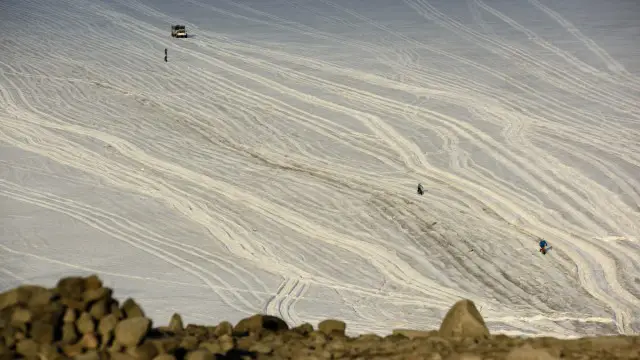
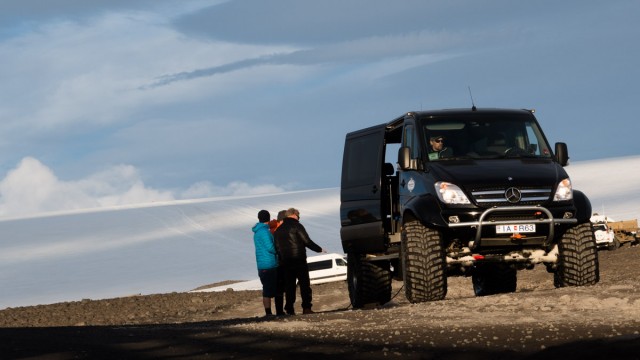
So, why add a suspension fork like the Carbonara to a fat bike? While the fat tyre does provide some degree of bump absorption it’s also undamped, making for a bouncy ride. While Lauf’s fork offers no damping either it has been tuned to work with a large tyre, helping to tame the ride.
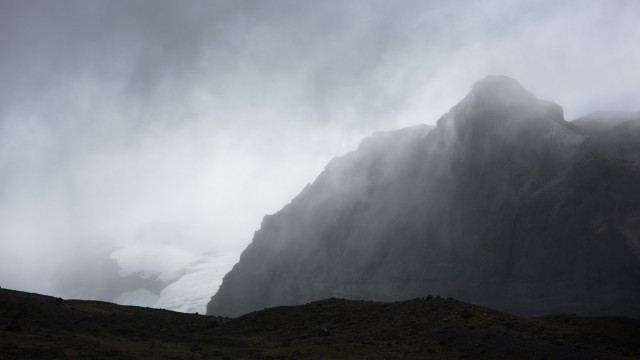
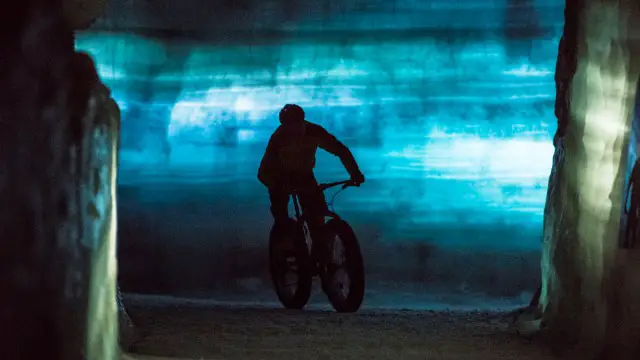
The second day was spent on the Trail Racer Boost fork fitted to a Focus Raven 29in hardtail on forest trails just outside Reykjavik. These were mostly twisty and coated with loose gravel. With not much in the way of large bumps the fork did work well, with enough travel to take the buzz off my hands. For those whose trails are mostly smooth but don’t want want their wrists smashed by a rigid fork the Trail Racer is certainly worth considering – and if you’re the kind of rider who rides with their forks locked out a lot, then the Lauf is certainly worth some investigation too. Steering precision was impressive for a fork consisting of so little. Lauf claims to have improved the chassis stiffness over the previous version; I can’t make that comparison, having not tried the regular Trail Racer, but wiggling through singletrack it never struck me as flexy in the wrong way.

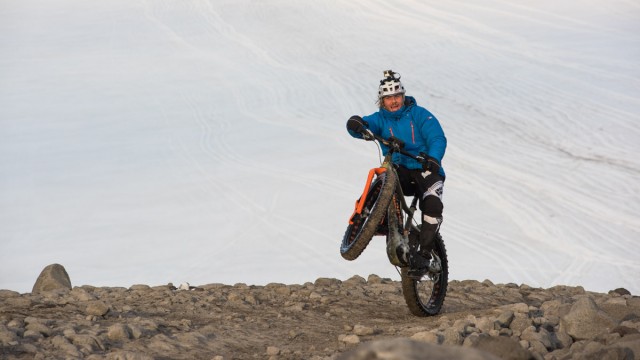
 Geddit?
Geddit?
Chances are you’ll look at the Lauf forks and you’ll either get it or you won’t. There’s very little in the way of persuasion one way or another.
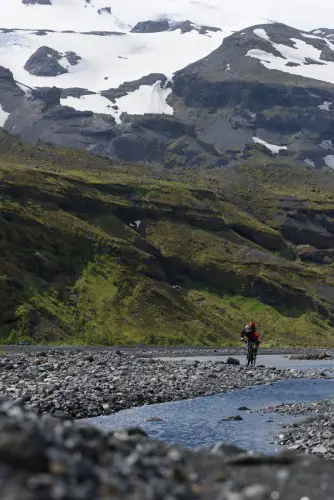
In the right place, on the right bike, the Lauf fork makes a convincing argument. Certainly in Iceland on the trails I rode, I can see how and why the fork came about. Like I said, context is key.
The Future
It’s interesting to see that a few manufacturers are now coming out with hardtails with micro-suspension built into the frame – BMC with its Teamlite and Trek with the new ProCaliber. One of these frames with a Lauf fork would certainly offer a great deal of comfort with minimal weight for the cross-country racer or those looking for a very light and fast ride that doesn’t beat them up too much.
One seemingly obvious area for Lauf to expand into would be cyclocross and the growing gravel bike scene. When quizzed about this the folk at Lauf said they had prototyped a fork with this in mind but hadn’t been happy with the results. They haven’t ruled it out though; it’ll just take a bit more work.
Thanks to laufforks.com for returning Sim without any frost-nipped extremities or pickled herring poisoning.
We reviewed Lauf’s trail fork in issue 90 of Singletrack – read what we thought of it here!
Comments (1)
Leave Reply
Post Comment

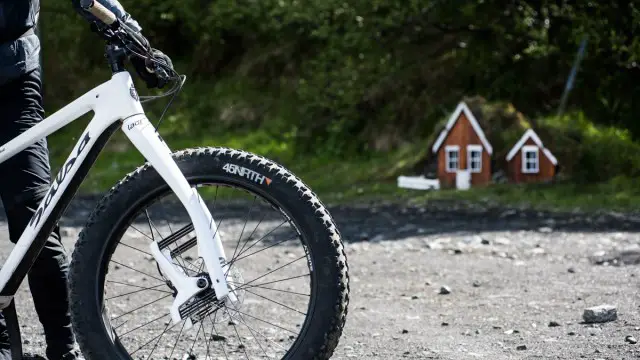
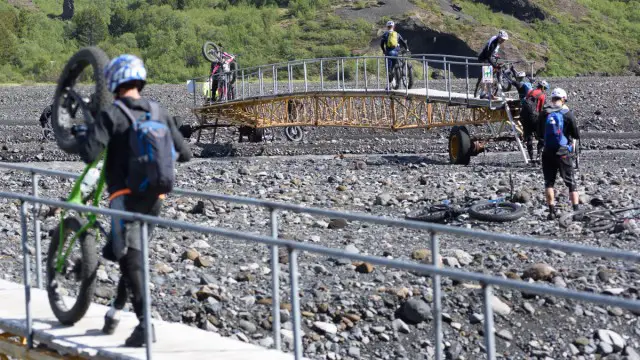
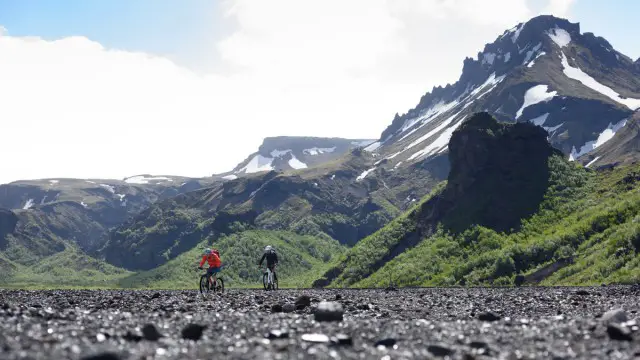
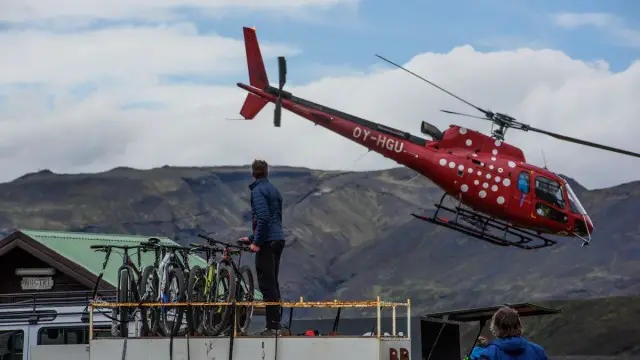
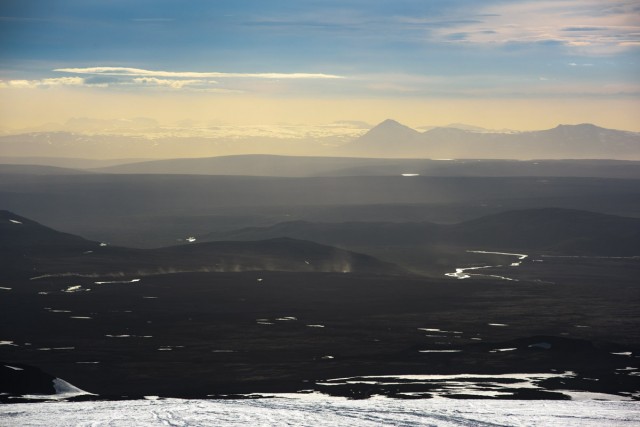


A Trabant in Iceland, nice!